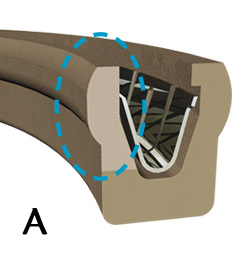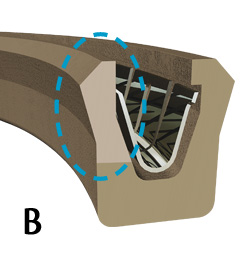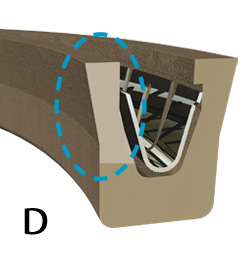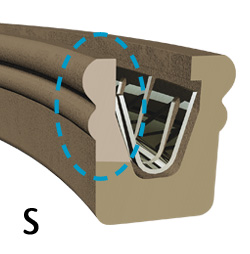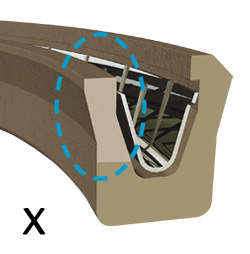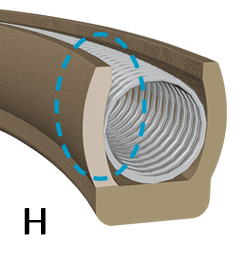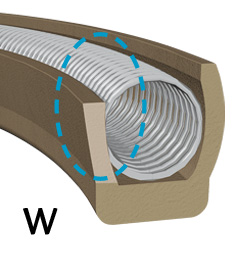 |
|||
Content 2. Spring Energized Seal Design 1. Dynamic Lip Configuration 2. Static Lip Configuration 3. Jacket Material 4. Spring Design 5. Spring Material |
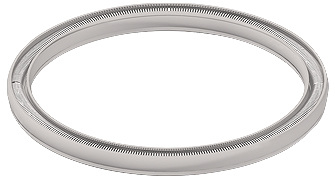 |
Description Spring energized seals incorporate a metal or composite print into their design. The spring loads the seal lips against the mating hardware. This creates a seal capable of compensating for movement in dynamic applications. The spring provides the necessary lip squeeze to compensate for movement in dynamic applications. | |||||||||||||||||||||||||||||||||
| Spring Energized Seal Design Hi-Tech Seals recommends that clients contact one of our representatives when designing a new application.
Download a Seal Application Data Sheet to assist with communicating application needs | |||||||||||||||||||||||||||||||||
| |||||||||||||||||||||||||||||||||
2. Determine if the same sealing lip is appropriate for the static lip. Spring energized seals do not need to be symmetrical. | |||||||||||||||||||||||||||||||||
| 3. Identify which jacket material is required. Variables to consider include temperature, chemical, pressure, velocity, and cost. Go to our Chemical Compatibility Guide. |
|
||||||||||||||||||||||||||||||||
4. Select a Spring Design Our in-house manufacturing typically uses cantilever springs. Helical and Slanted/Canted Coil Springs are available upon request. Additionally, Hi-Tech Seals provides welded springs upon request. | |||||||||||||||||||||||||||||||||
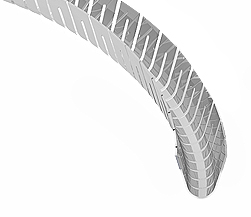 | Cantilever Spring (V-Spring or Finger Spring) A cantilever spring is recommended for dynamic, medium load applications where low friction is desired. The V-shape spring provides constant compression load and is further energized by system pressure. |
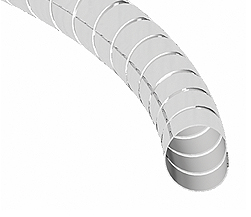 | Helical Wound Spring A helical wound spring is made from a metal ribbon, which is coiled into a helix. The spring compresses radially producing a very high load versus deflection. The helical wound spring is preferred for static applications or applications where sealability is more of a concern than friction. |
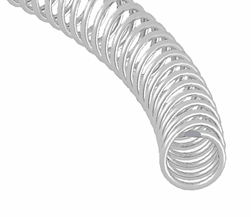 | Slanted/Canted Coil Spring A slanted coil spring, also known as a canted coil spring, is manufactured from a round wire that is coiled and angled. The process creates a compression force in the radial direction. The canted coil design is suited for dynamic applications where low friction is critical. |
Go to our seal spring dimension charts. 5. Select a Spring Material Most springs are composed of stainless steel; however, Hastelloy®, Inconel, and Elgiloy® are used in applications that require additional corrosion resistance. | |
